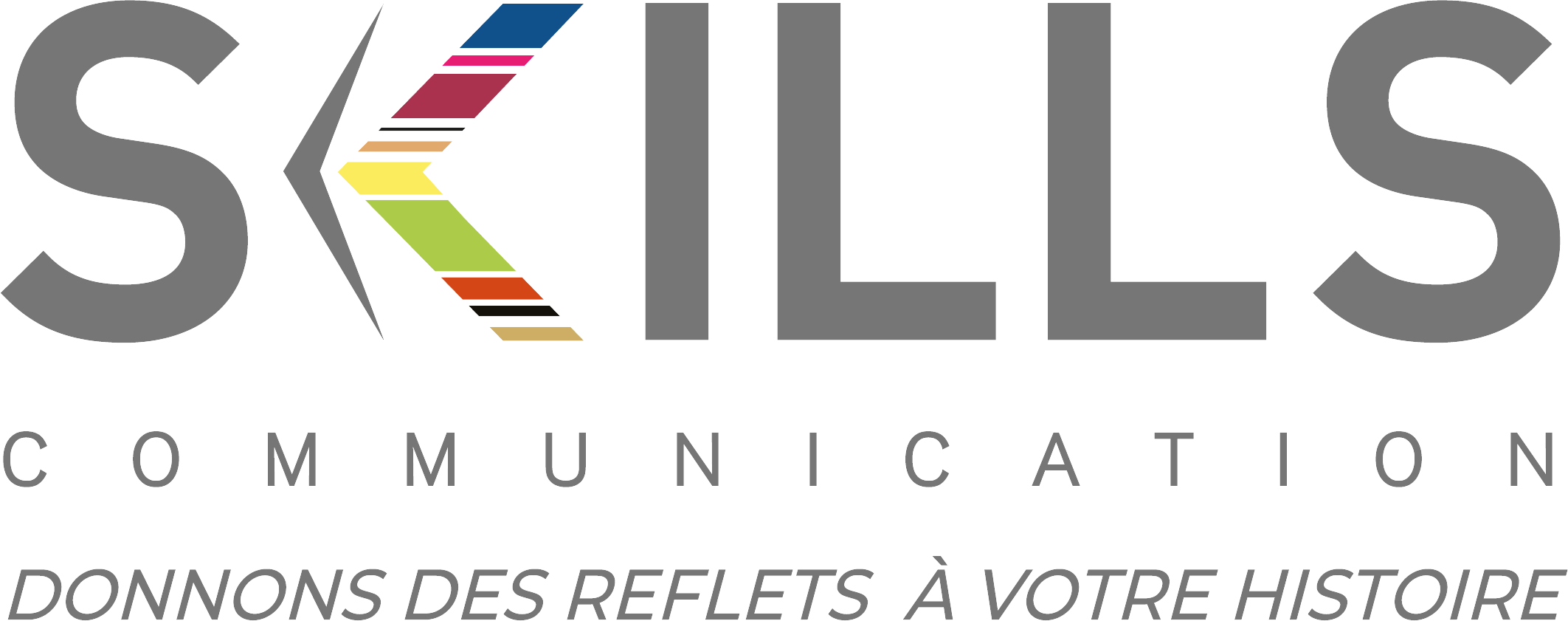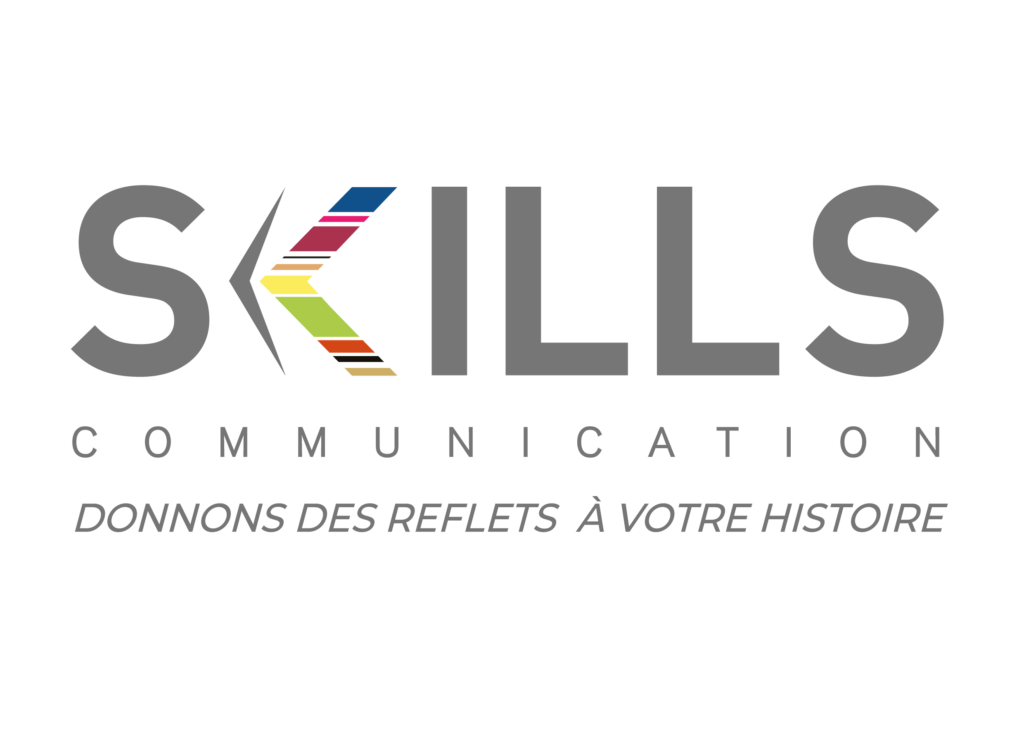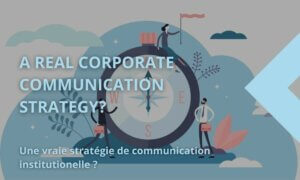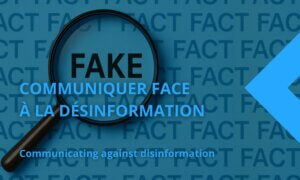How can we communicate quickly and effectively when a crisis takes us by surprise?
In the wake of the recent series of crises around the world, it’s more important than ever to acquire the right reflexes to communicate quickly and effectively, even when we lack the necessary preparation and teams.
The literature on this subject is vast, and the training courses even more so. The purpose of this blog is to give you a few quick-reaction hints on how to be credible and maintain trust.
The Covid crisis, the governments’ budget crisis and recent armed conflicts have all provided opportunities to see the mixed success of the crisis communications put in place by leaders.
We can never repeat it often enough: communication is at its best when it’s well prepared, and when it considers all the company’s priority target audiences. Obviously, these are not only customers and prospects, but all stakeholders, both for and against the company.
Prepared communication requires a well-tuned crisis communication process. And that means identifying the most likely crisis in your business.
We will skip over the organization and preparation here, as it will be the subject of a future detailed article. This article will deal with :
- team training,
- spokespeople, regularly informed,
- document repository,
- communication networks and tools,
- rumor anticipation and management mechanisms.
If communicating means convincing, in times of crisis, communicating primarily means understanding your audience, their demands, their doubts, and addressing them. It will therefore be unthinkable to promote your know-how in any way during these times. Humility and openness are the first keys to effective crisis communication.

The case of exogenous crises
There are two distinct types of crisis, each requiring a different approach. Communication in times of general crisis is different from communication in the event of a crisis specific to your company.
In the first case, if your company is an established player, some of your stakeholders are likely to expect it to play a role in the crisis. The challenge will be to understand how your direct and indirect stakeholders are affected by the crisis, and what they expect from you. Next, you’ll need to evaluate what you can be blamed for in your current business operations, which would only exacerbate the crisis experienced by your audiences.
The example of Total Energies achieving record profits during a period of high inflation is instructive. The company couldn’t ignore the crisis and had to communicate to show that it was sensitive to it and taking action. In this instance, their answer was to guarantee gasoline at less than two euros per liter for the duration of the crisis.
No argument, economic or political, attempting to dampen concern, as if it were exaggerated, will work. On the contrary, this form of communication will only polarize the most virulent. On the other hand, it’s certain that everyone is affected in varying ways, and with a reading prism tainted by their own political biases. Many of these people may not even be among your commercial targets. And yet, if your market reputation is broad, you’ll need to consider everyone when responding.
Exogenous crises are therefore more difficult to anticipate. They involve image risks from unusual interlocutors. This is why the basic rules of communication must be followed with vigilance. It will also be even more essential to prepare your teams to ensure a high level of responsiveness. For example, before any accident occurs, you should plan concrete actions you can take to appease your detractors. Examples include the anti-inflation baskets recently offered by large retailers.
When the crisis bursts into your company
Let’s return to communication in the event of a crisis specific to your company. This case is ultimately more favorable because you are well aware of your counterparts, your intrinsic risks, and the corrective actions to be taken in the event of failure. Unfortunately, this is not always the case, and crises can arise in activities that are considered risk-free.
The key word here is responsiveness. Even before you know the exact extent of the collateral damage, if the crisis is public, you need to speak out. You have to show that your teams are in action to circumvent the problem, and announce regular, transparent communication to come.
If the problem has not yet been made public, you will have a little more time to prepare your remediation and communication plan. If the accident was resolved before it became public, but the propagation consequences could have been serious, you may still need to prepare a communication in case the subject comes to light. Even afterwards, be ready to prove your transparency and efficiency, without leaving any doubt that you were hiding anything.
The first reflexes that change everything
What do you do when a crisis breaks out publicly and takes you by surprise (by definition), with no time to put your relatively well-prepared processes in place?
Responsiveness, listening and humility should always be the essential attributes of your communication :
- responsiveness shows you’re concerned and responsible, even if you have nothing to announce.
- listening will show your empathy and concern to consider all the consequences of the problem you’ve created.
- humility will enable you to acknowledge any mistakes you may have made and explain your remediation plan.
Your main challenge will be to convince everyone of your good faith and of your real efforts to remedy the situation. You need to restore the confidence of your stakeholders as quickly as possible.
Given the risks of inflammation and globalization of crises (social networks, manipulation of information, etc.), crisis communication must be strictly controlled in terms of content and form. Your effectiveness must be based on :
- coherence
- measure
- realism
- organization
Being coherent is the key to your credibility: “anything you say can be used against you”. So be consistent in your messages, with one single formulation. Use the same evidence and arguments across all media and speaking occasions.
Measure will prevent you from saying too much. Keep it simple, stick to the facts, don’t hide any, and don’t leave room for speculation.
Realism will enable you to anticipate the potential pitfalls. By listening to your audience, you can prevent mistakes. Remember one thing: all the criticisms your usual detractors throw at you will become truth for a greater number of people (an industrialist pollutes, a bank speculates…). So be prepared!
Finally, organization is key. You need to announce and follow a precise action and communication timetable. Any delay could be seen as a breach leading to new risks.
The experience of the SKILLS DirComs in working with major groups and well-known market influencers gives us a 360° view of your business areas and your environment. We can thus help you assess your crisis risks, create your communication processes and prepare your teams.
#communicationdecrise #crisiscommunication #brandimage #imagedemarque






